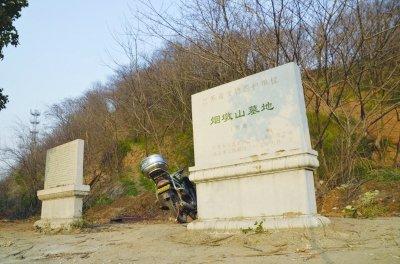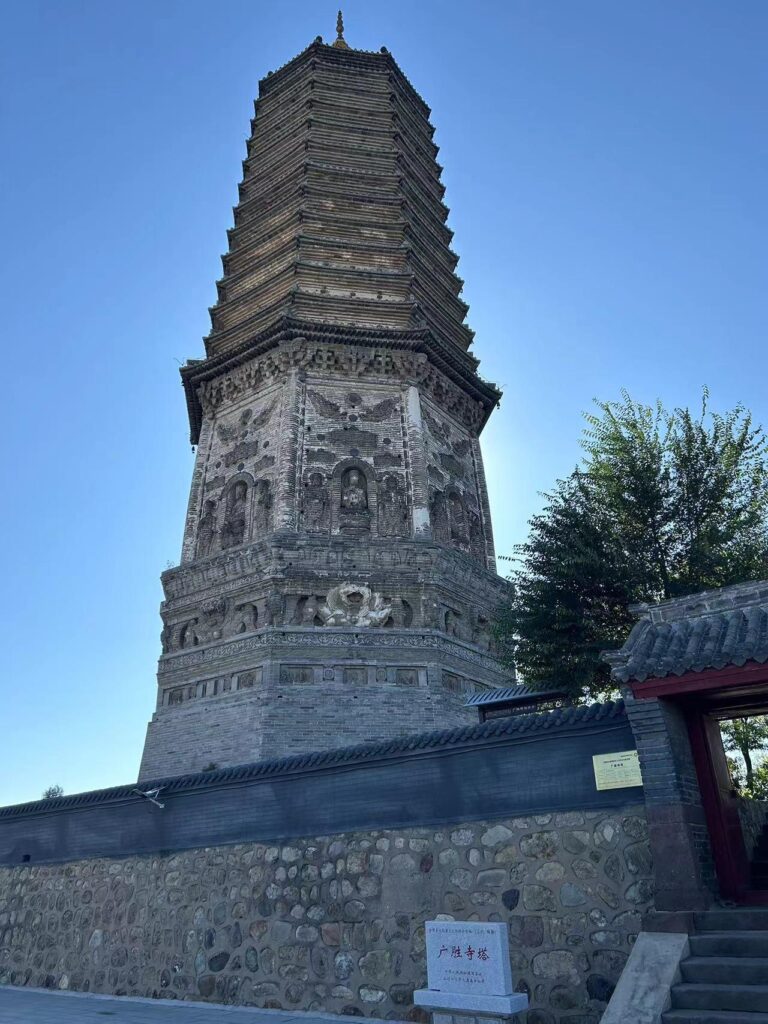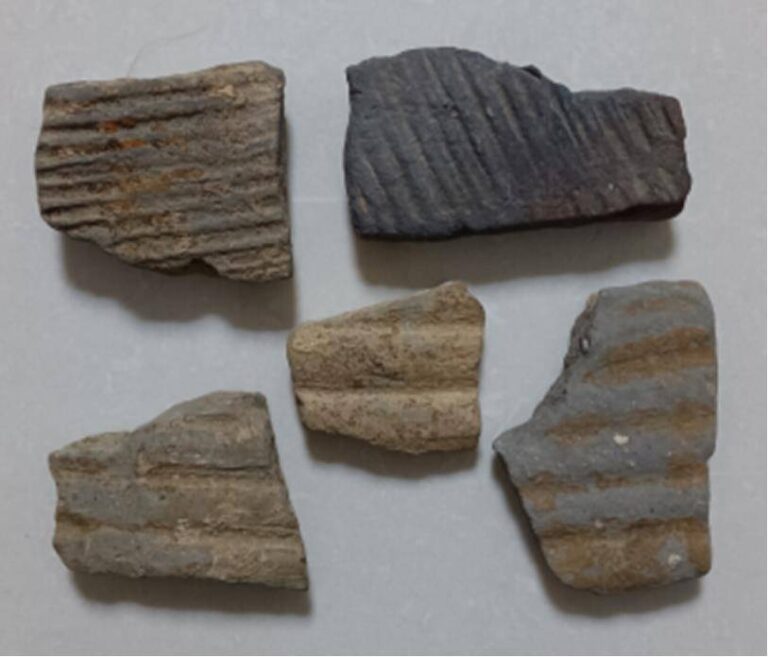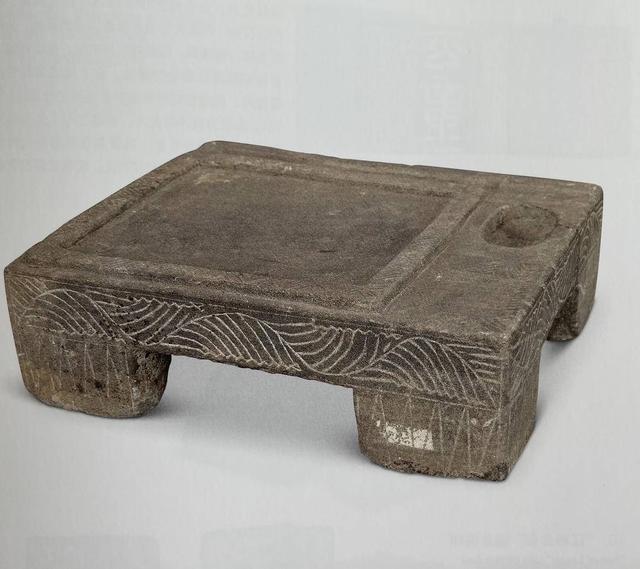Lishui Tongjiyan: Your Ultimate Adventure Awaits in Zhejiang
An Essential Guide to Visiting Lishui Tongjiyan
In This Guide
- An Essential Guide to Visiting Lishui Tongjiyan
- The Rich History of Lishui Tongjiyan
- Main Highlights: What to See at Lishui Tongjiyan
- Planning Your Visit: A Practical Guide
- Tickets, Hours, and Booking
- How to Get There
- Local Cuisine and Accommodation
- Frequently Asked Questions
- Final Thoughts on Your Trip
Nestled in the lush landscape of southern Zhejiang, Lishui Tongjiyan (通济堰) stands as a testament to human ingenuity and the harmonious relationship between nature and engineering. Dating back to 505 AD during the Southern Dynasty, this ancient irrigation system is not only one of China’s oldest large-scale water conservancy projects but also recognized as one of the earliest arch dams in the world. Spanning 275 meters in length and boasting a unique design that has withstood the test of time, Tongjiyan has been vital in transforming the agricultural landscape of the Bihu Plain, nurturing over 40,000 acres of fertile farmland.
As you approach this historical marvel, you are greeted by a serene environment where the whispers of history blend with the gentle sounds of flowing water. The dam, originally constructed from timber and later reinforced with stone during the Southern Song Dynasty, serves as a hub for gravity-fed irrigation, illustrating the ingenuity of ancient engineering. The natural contours of the land, with a drop of 20 meters from southwest to northeast, allowed for the creation of a self-sustaining irrigation system that still functions today, capturing up to 200,000 cubic meters of water daily.
Tongjiyan is more than just a remarkable piece of infrastructure; it is a cultural hotspot that attracts artists, historians, and nature lovers alike. The surrounding village of Yantou, where the dam is situated, fosters a rich artistic community, making it a favorite destination for painters and photographers eager to capture its enchanting beauty. Here, the interplay of light on the water, framed by ancient trees and traditional architecture, creates an idyllic setting that seems to spring from the pages of a storybook.
Visiting Tongjiyan allows you to step back in time and appreciate the incredible capability of ancient civilizations. Whether you are drawn by a passion for history, a love for nature, or simply seeking a peaceful retreat from the hustle and bustle of modern life, this cultural gem offers a unique glimpse into the past, inviting you to explore its serene pathways and rich narrative.
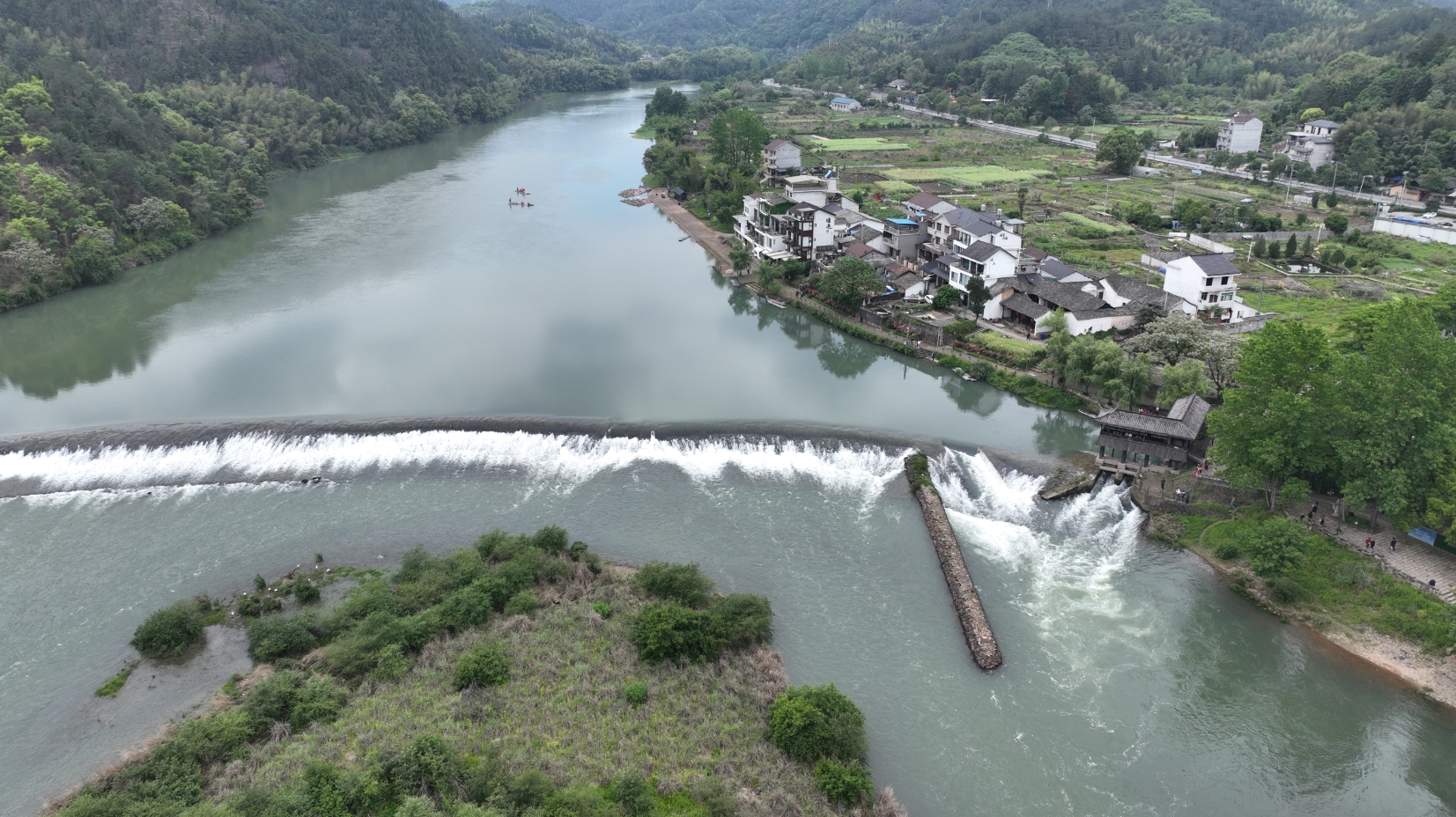
Lishui Tongjiyan.
The Rich History of Lishui Tongjiyan
Nestled in the picturesque Bi Lake Plain of southern Zhejiang, Lishui’s Tongjiyan Weir is not just a marvel of ancient engineering but also a testament to the ingenuity of early Chinese civilization. Established in 505 AD during the Southern Dynasties period, this remarkable structure has withstood the test of time, marking over 1500 years of continuous use and significance.
Tongjiyan Weir is recognized as one of the oldest large-scale irrigation systems in China, and it holds the distinction of being the earliest known arch dam in the world. Originally constructed using wooden materials, the dam was later transformed into a stone structure during the Southern Song Dynasty. Measuring 275 meters in length, 25 meters in width, and 2.5 meters in height, the weir not only serves as a water retention system but also facilitates irrigation for the surrounding agricultural lands.
The design of Tongjiyan Weir was ingeniously adapted to the geographic features of the region, which slopes from southwest to northeast with a height difference of about 20 meters. This natural gradient allows for the efficient flow of water without the need for external power sources, making it a self-sustaining irrigation system. With an upstream catchment area of approximately 2,150 square kilometers, the weir can channel over 200,000 cubic meters of water daily into the fields, irrigating over 40,000 acres of farmland in the region.
Throughout its long history, the weir has become integral to the lives of local communities. The Zhuge family, known for their dedication to the maintenance of the weir, has lived nearby for generations. They vigilantly monitor the area, ensuring that its functionality is preserved against any potential threats, such as blockages in the channels or unauthorized deforestation.
In 2014, Tongjiyan Weir was recognized as a global heritage site, joining the ranks of the world’s irrigation engineering marvels. This status has propelled the region into the spotlight for both its historical significance and its potential for tourism. As visitors flock to this ancient site, they not only witness the remnants of a sophisticated engineering feat but also experience the vibrant blend of history and culture that continues to thrive around it.

Lishui Tongjiyan.
Today, Tongjiyan Weir stands as a symbol of Lishui’s rich heritage and a reminder of the enduring relationship between humans and water management systems throughout history. As it continues to support local agriculture and inspire future generations, it remains a vital component of the region’s identity.
Main Highlights: What to See at Lishui Tongjiyan
Nestled in the picturesque Bi Lake Plain of Lishui, Tongjiyan (通济堰) stands as a testament to ancient engineering prowess, dating back over 1,500 years. This remarkable irrigation system was constructed during the Southern Dynasties and is revered as one of the oldest large-scale water conservancy projects in China, recognized globally as one of the earliest arch dams. Here are the key highlights that make a visit to Tongjiyan an unforgettable experience:
Historical Significance
Tongjiyan is not just a marvel of engineering; it is a living monument to the ingenuity of ancient Chinese water management. Built in 505 AD, this arch dam spans 275 meters in length and 25 meters in width, rising 2.5 meters high. Originally constructed from wood, it was later upgraded to stone during the Southern Song Dynasty, showcasing the evolution of construction techniques over centuries.
Scenic Beauty
The dam is surrounded by breathtaking landscapes, where the rolling hills meet serene waters. The upstream catchment area covers 2,150 square kilometers, allowing Tongjiyan to channel over 200,000 cubic meters of water daily, nourishing more than 40,000 acres of farmland in the region. The scenic surroundings create a picturesque backdrop for photography enthusiasts and nature lovers alike.

Lishui Tongjiyan.
Cultural Heritage
The area around Tongjiyan is steeped in rich cultural heritage. The ancient village of Yantou, adjacent to the dam, is home to the Zhuge family, who have lived there for generations, ensuring the preservation and maintenance of this historical site. Visitors can immerse themselves in local traditions and hear tales of the dam’s history, enhancing their understanding of its importance.
Accessibility
Visiting Tongjiyan is convenient, with free entry allowing easy access for all. The site can typically be explored in about 1 to 2 hours, making it an excellent stop for travelers looking to immerse themselves in history without a lengthy commitment.
Unique Features
The dam features not only the grand structure itself but also various components such as water gates and channels that demonstrate advanced hydraulic engineering. The three-hole bridge, which is part of the system, adds to the charm and functionality of the site.

Lishui Tongjiyan.
Artistic Inspiration
As part of the larger Guyan Huaxiang (古堰画乡) area, Tongjiyan serves as a muse for many artists and photographers. The blend of natural beauty and architectural elegance makes it a popular spot for creative expression, with many local artists capturing its essence through various mediums.
Ideal Time to Visit
The best times to visit Tongjiyan are in spring and autumn when the weather is mild, and the surrounding foliage is particularly vibrant. The region’s unique microclimate also offers a refreshing escape from the heat of nearby urban centers.
In summary, a visit to Tongjiyan provides a captivating glimpse into China’s historical ingenuity, complemented by stunning landscapes and a rich cultural tapestry. Whether you’re a history buff, an art lover, or simply in search of beautiful scenery, Tongjiyan is a destination that promises to leave a lasting impression.
Planning Your Visit: A Practical Guide
Practical Guide to Visiting Lishui Tongjiyan
Nestled in the lush landscapes of Zhejiang Province, Lishui Tongjiyan, or the Tongji Weir, combines historical significance with stunning natural beauty. This ancient irrigation system, built in 505 AD, is not only a marvel of engineering but also a UNESCO-recognized heritage site. Here is everything you need to know to plan your visit effectively.
Getting There
By Air:
The nearest major airport is Wenzhou Longwan International Airport, about a two-hour drive from Lishui. Alternatively, you can fly into Hangzhou Xiaoshan International Airport and take a high-speed train to Lishui.
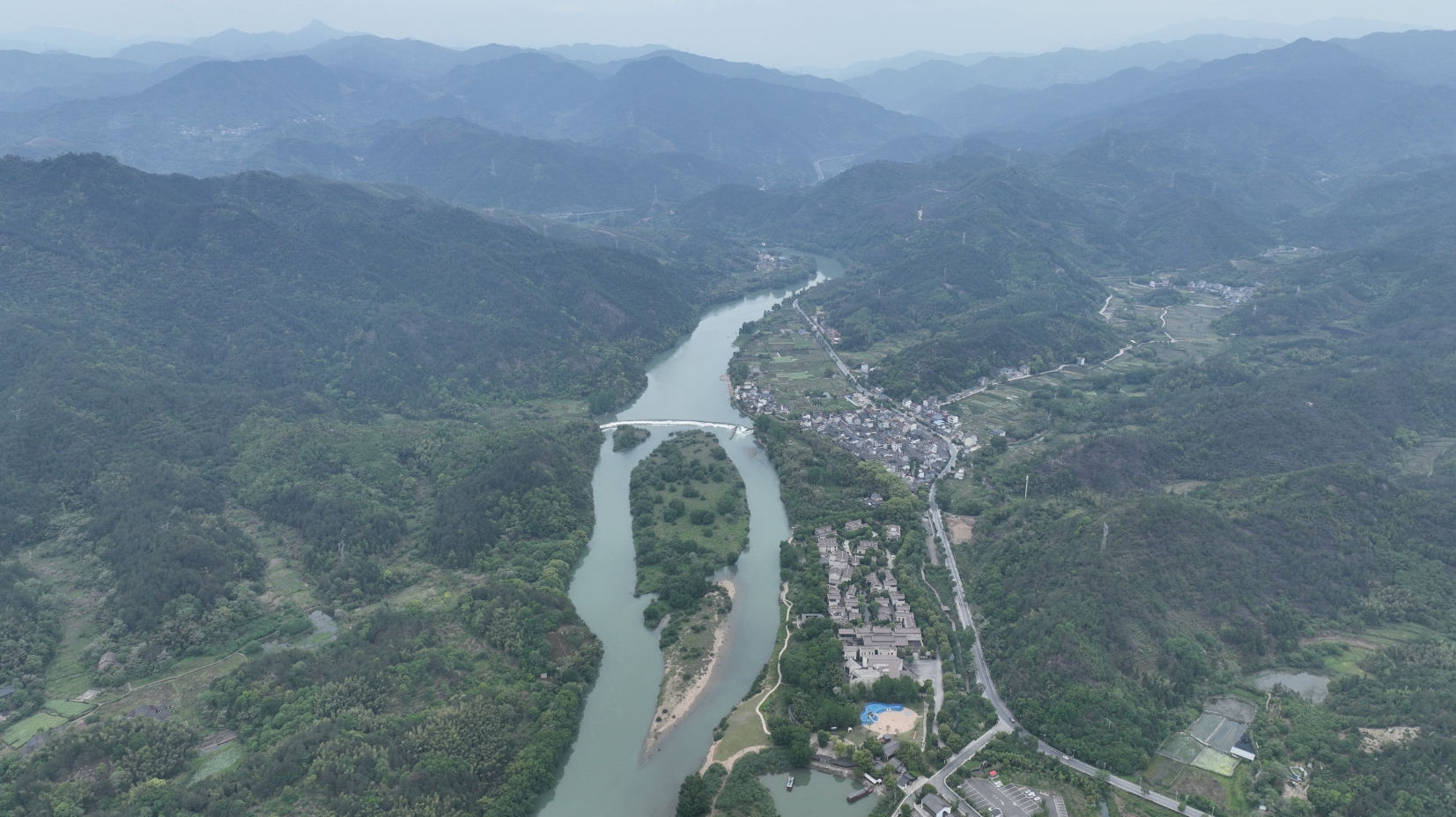
Lishui Tongjiyan.
By Train:
Lishui has a convenient high-speed rail station with connections to major cities like Hangzhou and Shanghai. From these cities, you can reach Lishui in approximately 1.5 to 3 hours.
By Car:
If you prefer driving, the journey from Hangzhou to Lishui takes about three hours via the G25 Expressway. The roads are scenic, making it a delightful drive.
Local Transportation
Once in Lishui, public transport options include local buses and taxis. However, renting a car can be very convenient, especially for visiting surrounding attractions. Many visitors choose to self-drive to maximize flexibility and comfort.

Lishui Tongjiyan.
Entry and Opening Hours
- Admission Fee: Entrance to Tongji Weir is free, which makes it an accessible outing for all travelers.
- Opening Hours: The site is generally open from 8:00 AM to 5:30 PM during the summer months and until 4:30 PM in winter. It’s advisable to arrive early to enjoy the tranquility before the crowds.
Recommended Duration of Visit
Allocate about 1 to 2 hours for exploring Tongji Weir. This timeframe allows for a leisurely walk around the site, taking in the spectacular views and learning about the weir’s history and significance.
Things to Do
- Explore the Weir:
-
Walk along the ancient structure and admire its impressive arch shape, which measures 275 meters in length and 2.5 meters in height. Understand its engineering marvel as one of the earliest arch dams in the world.
-
Photography:
-
The surrounding landscapes offer stunning backdrops for photography, especially during sunrise and sunset. Don’t forget to capture the picturesque views of the weir against the backdrop of lush greenery.
-
Cultural Insights:
-
Engage with the local history by visiting nearby villages and speaking with residents. The local Zhuge family has lived near the weir for generations, and they can share fascinating stories about the site’s preservation and cultural significance.
-
Nature Walks:
-
Enjoy the lush surroundings with a walk along the nearby trails. The natural beauty of the Bi Lake Plain is perfect for a peaceful stroll or a picnic.
-
Artistic Exploration:
- Visit the adjacent ancient town of Guyan Huaxiang, famous for its art scene. Various galleries and studios showcase local artists’ works, making it an excellent place to appreciate the cultural heritage of the area.
Dining Recommendations
While visiting Tongji Weir, be sure to sample local delicacies. Look for:
– Lishui River Fish: Freshly caught and often prepared in local restaurants.
– Jinyun Baked Pancakes: A local favorite known for their savory filling.
– Zhejiang Rice Wine: A traditional drink that pairs well with local dishes.
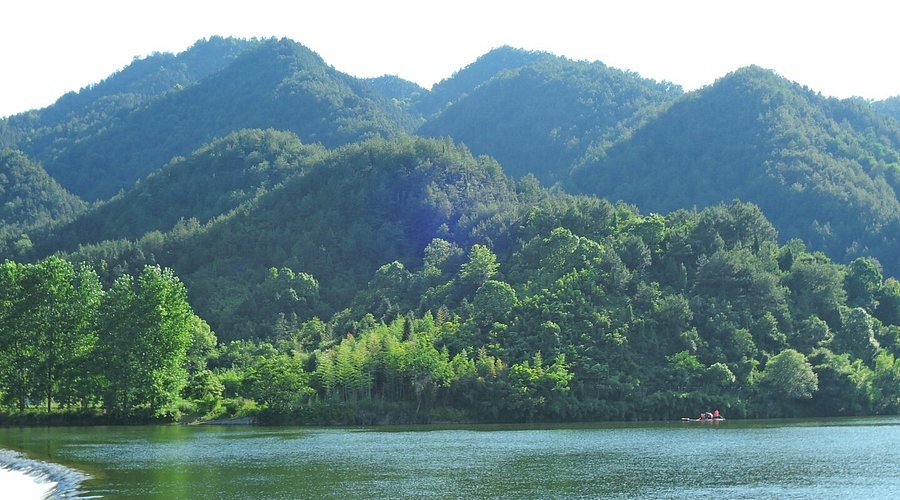
Lishui Tongjiyan.
Accommodation Options
If you wish to stay overnight, several accommodations are available nearby:
– Local Guesthouses: Experience the charm of traditional Chinese hospitality in quaint guesthouses near the weir.
– Hotels in Lishui City: For more modern amenities, consider hotels in the city center, which provide easy access to both the weir and other attractions.
Best Time to Visit
The ideal times to visit Tongji Weir are during the spring (April to June) and autumn (September to November) months. The weather is generally mild, and the natural scenery is at its most vibrant during these seasons, making your visit even more enjoyable.
Final Tips
- Dress Comfortably: Wear comfortable shoes suitable for walking, as the terrain can be uneven in places.
- Sun Protection: Bring sunscreen and a hat, especially in the summer months when the sun is strong.
- Stay Hydrated: Carry water with you, particularly if you plan to walk around the surrounding areas.
With its rich history, stunning scenery, and cultural significance, a visit to Lishui Tongjiyan promises to be a memorable experience. Enjoy your journey through this beautiful part of China!
Tickets, Hours, and Booking
Visiting Lishui Tongjiyan (通济堰) offers an enriching experience steeped in history without breaking the bank. This ancient irrigation system, which dates back to 505 AD, is not only a marvel of engineering but also a UNESCO-recognized heritage site.
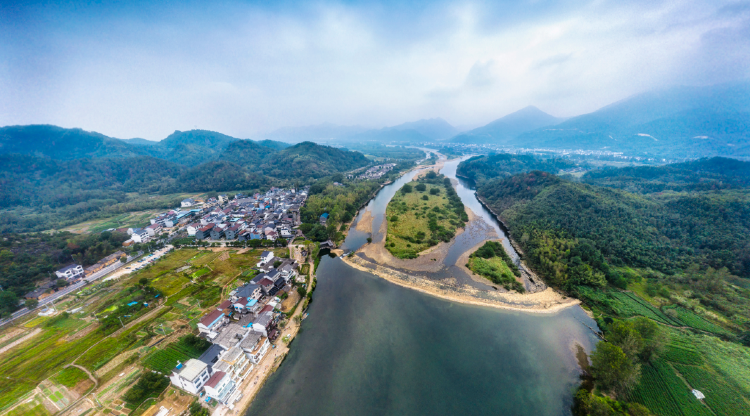
Lishui Tongjiyan.
Admission Details
- Ticket Price: Admission to Tongjiyan is free of charge.
- Included Features: While entry is complimentary, visitors can also enjoy a scenic boat ride along the surrounding waterways for an additional fee, enhancing your exploration of this historical site.
Visiting Hours
- Operational Hours: The site is open daily from 8:00 AM to 5:30 PM during the summer months (with the last entry at 4:30 PM), and from 8:00 AM to 4:30 PM in winter.
Duration of Visit
- Recommended Time: Plan to spend 1 to 2 hours at Tongjiyan to fully appreciate its historical significance and the stunning natural surroundings. This timeframe allows for leisurely exploration and photography.
Accessibility
- Getting There: Located near the village of Yantou in Zhejiang Province, the site is easily accessible by public transportation or private vehicles. If you’re coming from the city of Lishui, expect about a 30-minute drive to reach this picturesque destination.
With its rich heritage and welcoming atmosphere, Lishui Tongjiyan offers a perfect day trip for history buffs and nature lovers alike. Enjoy your visit!
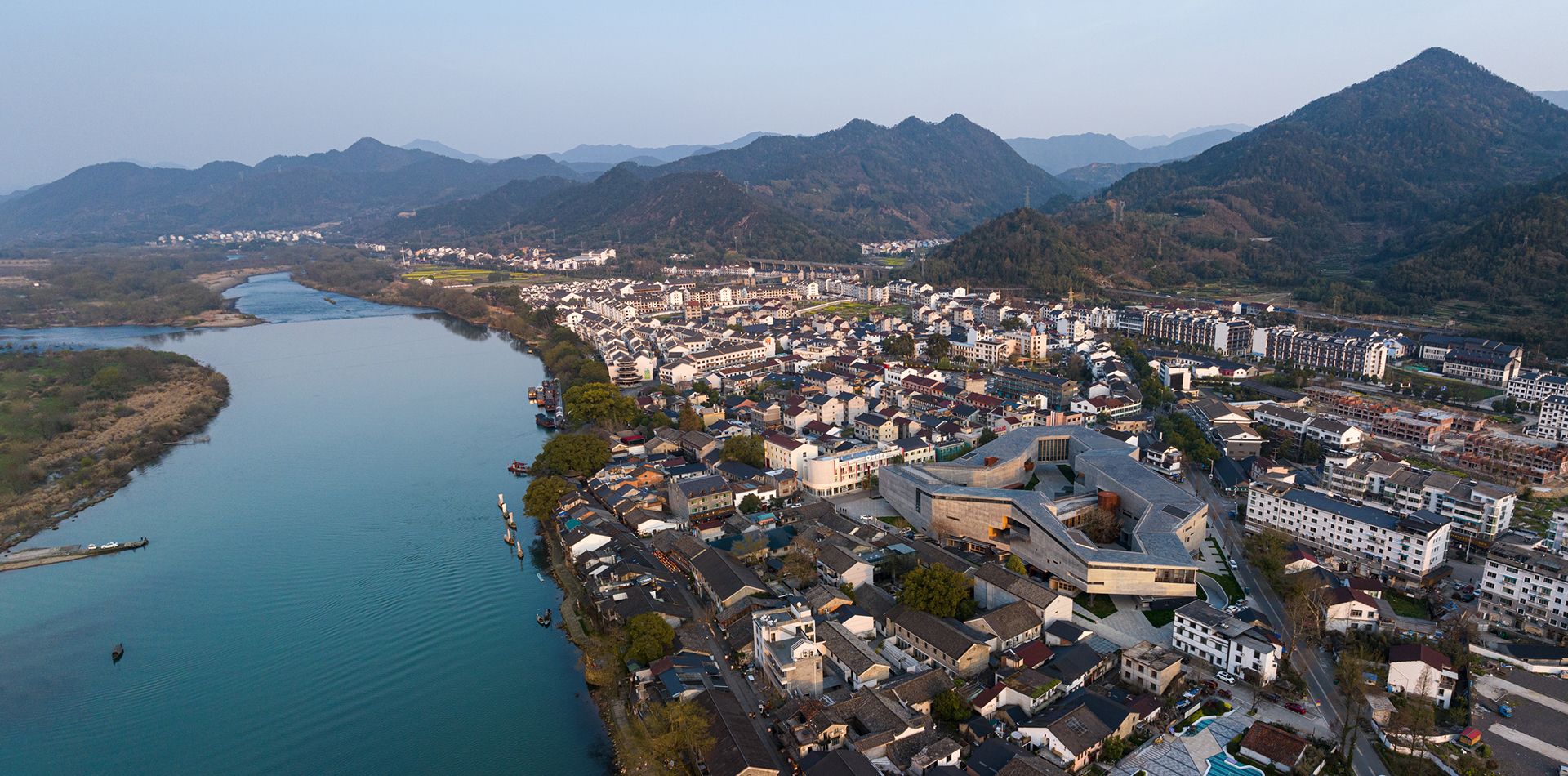
Lishui Tongjiyan.
How to Get There
Getting to Lishui Tongjiyan (通济堰) is relatively straightforward, thanks to its well-connected transportation options that cater to both local and international travelers. Here’s a comprehensive guide on how to reach this historical site and navigate the surrounding area.
By Air
The nearest major airport is Wenzhou Longwan International Airport (温州龙湾国际机场), which is approximately a two-hour drive from Lishui. From the airport, you can take a taxi or arrange for a shuttle service to reach the city center or directly to Tongjiyan. Alternatively, Hangzhou Xiaoshan International Airport (杭州萧山国际机场) is another option, with a travel time of around three to four hours by car.
By Train
Lishui has a well-established railway network. The Lishui Railway Station (丽水站) is the primary high-speed train station, offering connections to major cities such as Hangzhou, Shanghai, and Nanjing. For example, you can catch a train from Hangzhou East Station to Lishui in roughly 1.5 to 2 hours. Once you arrive at Lishui Railway Station, you can take a taxi or a local bus to reach Tongjiyan.
By Bus
If you prefer bus travel, several long-distance buses operate from cities like Hangzhou, Ningbo, and Wenzhou to Lishui. The main bus station, Lishui Long-distance Bus Station, is located in the city center. From there, you can find local buses or taxis to take you to Tongjiyan, which is about 25 kilometers away.
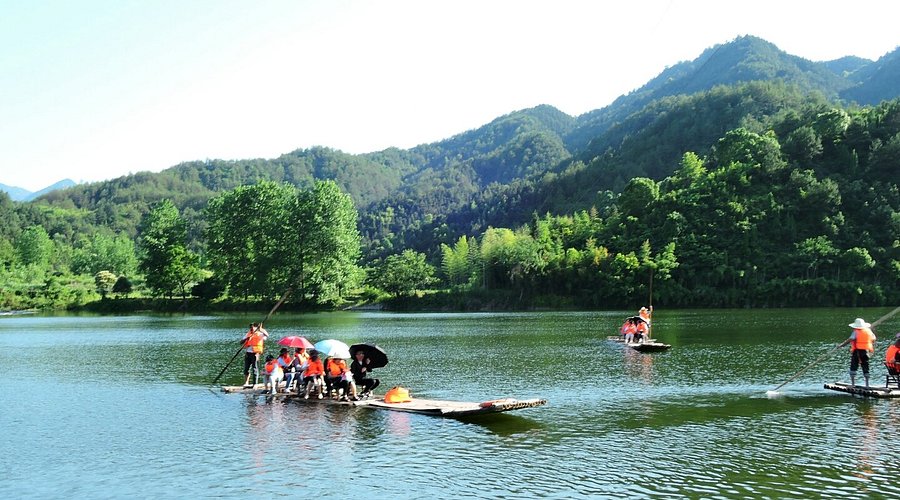
Lishui Tongjiyan.
By Car
For those who enjoy driving, renting a car is a fantastic option. The drive from Hangzhou to Lishui takes approximately three hours via the G56 Huyu Expressway. The road conditions are generally good, and the scenic views along the way make for a pleasant journey. Once in Lishui, you can navigate to Tongjiyan using GPS or maps.
Local Transportation
Once you arrive near Tongjiyan, local transportation options include:
- Taxis: Easily available in Lishui, taxis are a convenient way to reach Tongjiyan from the city center or nearby hotels.
- Buses: Local bus routes connect Lishui city with Tongjiyan. Look for bus numbers that specifically mention the Tongjiyan area, though service frequency may vary.
- Bicycle Rentals: For the more adventurous, consider renting a bicycle to explore the surrounding area at your own pace. The flat terrain makes it suitable for cycling.

Lishui Tongjiyan.
Tips for Travelers
- Language: While Mandarin is the primary language, having a translation app or a phrasebook can be helpful, especially in rural areas.
- Navigation Apps: Utilize local navigation apps like Baidu Maps or Amap for real-time directions and public transit information.
- Advance Booking: For trains and buses, especially during peak travel seasons, it’s advisable to book tickets in advance to secure your travel plans.
With these transportation options and tips, you can easily plan your journey to Lishui Tongjiyan and enjoy the rich history and stunning scenery this ancient irrigation project has to offer.
Local Cuisine and Accommodation
Exploring the culinary delights and accommodation options near Lishui Tongjiyan offers visitors a taste of local culture and comfort after a day of sightseeing.
Culinary Highlights
When visiting Tongjiyan, indulging in the regional cuisine is a must. The area is rich in flavors, showcasing the essence of Zhejiang’s culinary traditions. Here are some delightful dishes to try:

Lishui Tongjiyan.
-
Xijiang Fish: Sourced from the local streams, this freshwater fish is known for its tender, succulent meat. Often prepared grilled or in a hot pot, it’s a favorite among locals and visitors alike.
-
Jinyun Pancakes: A local delicacy, these pancakes are crispy on the outside and soft on the inside, typically filled with a mix of savory ingredients like pork and pickled vegetables. They are a perfect snack to enjoy while exploring the area.
-
Longzhong Rice Dumplings: These large dumplings are filled with a variety of ingredients, including meats and vegetables, wrapped in a special sticky rice. They are a hearty meal, especially popular during local festivals.
-
Steamed Local Vegetables: The region’s fertile lands produce an array of vegetables that are often prepared simply to highlight their freshness. Look for seasonal offerings that are both delicious and healthy.
-
Traditional Desserts: Don’t miss trying local sweets such as Sweet Rice Cake and Red Bean Paste Cakes, which make for perfect treats to enjoy after a meal.
For dining, local restaurants like Yujing Restaurant and Lishui Xie Fang are highly recommended. These establishments provide a cozy atmosphere and serve a variety of local dishes that are not only delicious but also reasonably priced.
Accommodation Options
After a day of exploration, a good night’s rest is essential, and Tongjiyan provides several charming accommodation options ranging from cozy guesthouses to modern hotels.
-
Huiyue Inn: This quaint inn is situated close to the scenic spots, allowing easy access to both Tongjiyan and the surrounding natural landscapes. The inn offers comfortable rooms with traditional decor, providing guests with a genuine taste of local hospitality.
-
Bihai Hotel: A more modern option, Bihai Hotel features well-appointed rooms with contemporary amenities. It’s perfect for travelers looking for a balance of comfort and convenience. The hotel also offers stunning views of the nearby mountains and rivers.
-
Riverside Homestay: For a more immersive experience, consider staying at one of the riverside homestays. These accommodations often offer home-cooked meals and a chance to connect with local families. Enjoy the serene ambiance as you relax by the river after a day of sightseeing.
-
Tongjiyan Guesthouse: This guesthouse provides a cozy atmosphere with personalized service. Guests can enjoy local breakfast options and have the chance to participate in cooking classes to learn more about the regional cuisine.
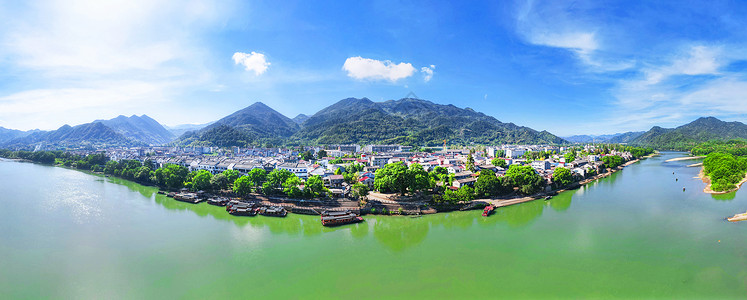
Lishui Tongjiyan.
Travel Tips
When planning your visit, it’s advisable to book accommodations in advance, especially during peak travel seasons. Additionally, make sure to check local dining hours and reservation policies, as some restaurants may have limited seating or require advance booking during busy times. Enjoy your culinary exploration and restful stay in this picturesque region!
Frequently Asked Questions
Frequently Asked Questions about Lishui Tongjiyan (通济堰)
- Where is Tongjiyan located?
-
Tongjiyan is situated in Yantou Village, Bihu Town, Lishui City, Zhejiang Province, China. It can be easily accessed by car or public transport from the city center.
-
What is the historical significance of Tongjiyan?
-
Built in 505 AD during the Southern Dynasties, Tongjiyan is one of China’s oldest large-scale irrigation projects and the earliest known arch dam in the world. It has been functioning for over 1,500 years, providing irrigation to thousands of acres of farmland.
-
How much time should I allocate for visiting Tongjiyan?
-
Visitors typically spend about 1-2 hours exploring the area, which includes the dam, surrounding landscapes, and nearby attractions.
-
Is there an entrance fee to visit Tongjiyan?
-
No, entrance to Tongjiyan is free of charge, making it an affordable destination for all travelers.
-
What nearby attractions should I consider visiting?
-
While at Tongjiyan, you can also explore the historic Goyan Painting Village, enjoy a scenic boat ride on the Ou River, or visit the ancient cypress trees that surround the area, adding to the picturesque landscape.
-
What is the best time of year to visit Tongjiyan?
-
The ideal seasons to visit are spring (March to May) and autumn (September to November), when the weather is pleasant and the natural scenery is most vibrant.
-
Are there accommodation options near Tongjiyan?
-
Yes, there are several hotels and guesthouses in the vicinity, including options in Goyan Painting Village and other nearby towns, catering to various budgets and preferences.
-
What should I wear and bring for my visit?
- Comfortable walking shoes are recommended due to the walking paths and potential uneven terrain. Also, consider wearing light clothing and bringing sun protection, especially during the summer months, as the area can be quite sunny.
Final Thoughts on Your Trip
Visiting Lishui Tongjiyan is more than just a journey to an ancient irrigation marvel; it’s a captivating experience that intertwines history, culture, and nature. This remarkable site, with its 1,500-year legacy, serves as a testament to humanity’s ingenuity in managing water resources. As you wander through the serene landscapes, where art blooms alongside agriculture, you’ll find a unique blend of historical significance and contemporary artistic expression.

Lishui Tongjiyan.
Whether you’re marveling at the engineering prowess of the arch dam, enjoying a tranquil boat ride on the Ou River, or indulging in local delicacies, Tongjiyan offers a peaceful retreat that enchants visitors of all backgrounds. It stands as a reminder of the harmony that can exist between human innovation and the natural world.
As you plan your visit, embrace the slower pace of life that this region promotes. Capture the beauty of the ancient trees and the enchanting waterscapes through your lens, or perhaps with your brush if you’re inspired to paint. Your time at Lishui Tongjiyan will not only deepen your appreciation for ancient engineering but also for the simple pleasures that nature and culture provide.
So pack your bags and set out to explore this hidden gem in Zhejiang, where every visit allows you to witness the profound connection between past and present, art and agriculture, in a landscape that feels like stepping into a living painting.

Lishui Tongjiyan.
